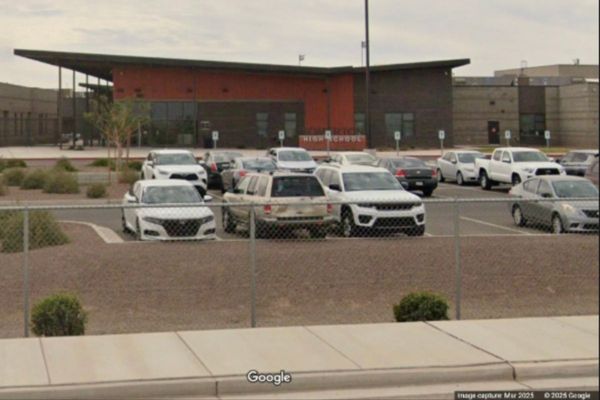
When you’re getting kitted out for running, there are some obvious gear choices to make – road running shoes vs trail running shoes and running leggings vs shorts for example. Then there’s gear that you might not know whether or not you’ll need, such as a running jacket.
If the weather is warm, you probably think that you won’t need a running jacket, and for sea level runs in the summertime, you probably won’t. However, for longer trail runs, cold and blustery conditions and technical mountain runs, you’re likely to experience a wide range of conditions where a running jacket might come in vital.
But what is a running jacket for? Don’t you get warm enough when you’re running, even in cold weather? And can’t you just wear any athletic jacket? In this article, we’ll walk you through the purposes of a running jacket, some of the disadvantages and what to look for when picking one for your next fast-paced adventure.
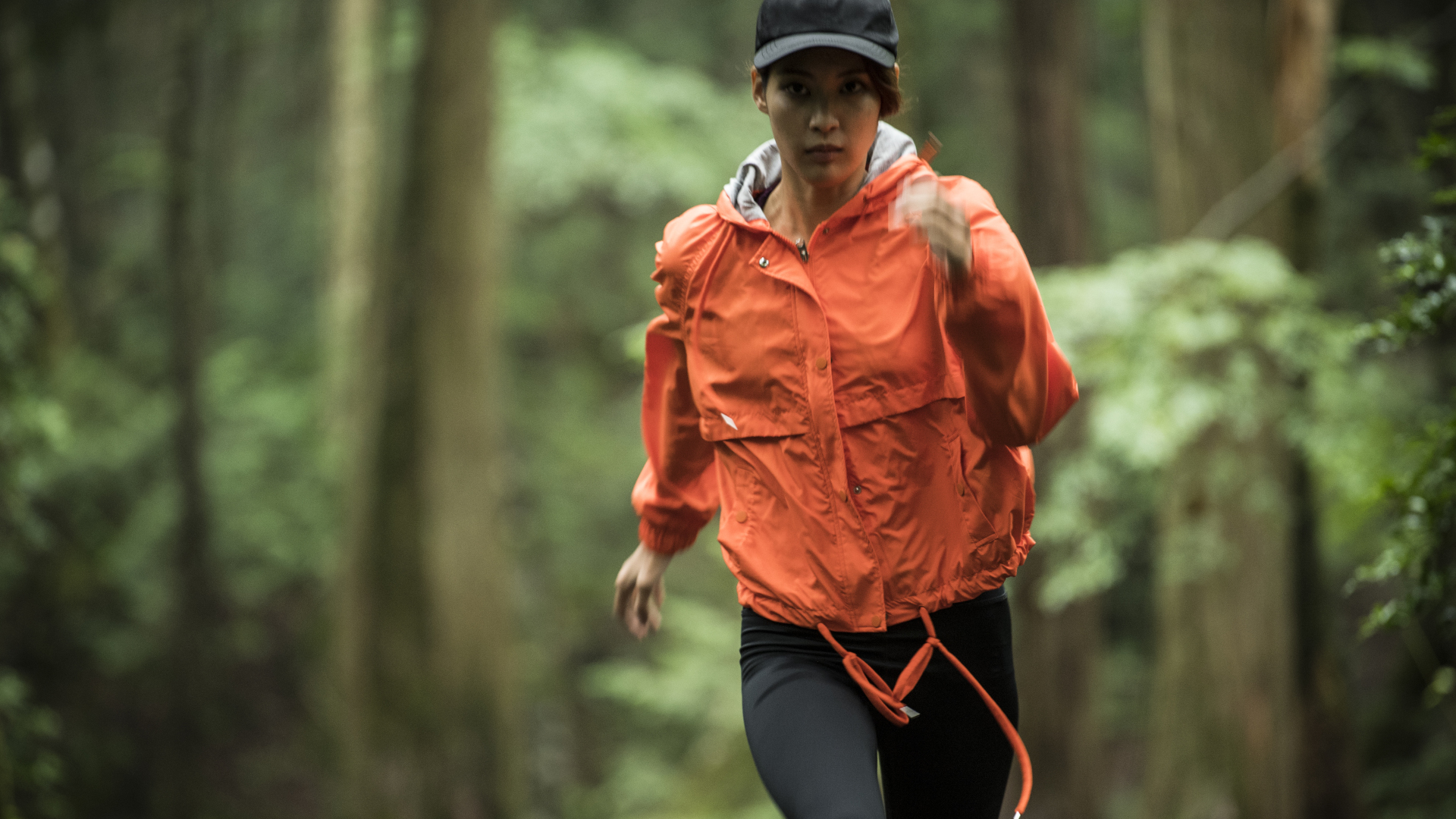
What is a running jacket for?
A jacket that’s meant for running should deliver the following benefits when you’re picking up the pace:
Warmth
Though you’ll typically work up a good sweat when you're running, when the conditions get cold, very wet or windy, or you’re ascending in elevation, a running jacket can provide you with some welcome warmth while you’re running, or when you take a break or slow down. This warmth can be provided via lightweight insulation for very cold conditions, but is usually delivered by weather protection.
Weather protection
Running jackets will either be windproof and water resistant, to keep out a cold draught and a light drizzle, or fully waterproof. Obviously, waterproof versions will be less breathable and retain more of your body heat. Both styles will help to deter feeling chilled as a result of damp, windy conditions.
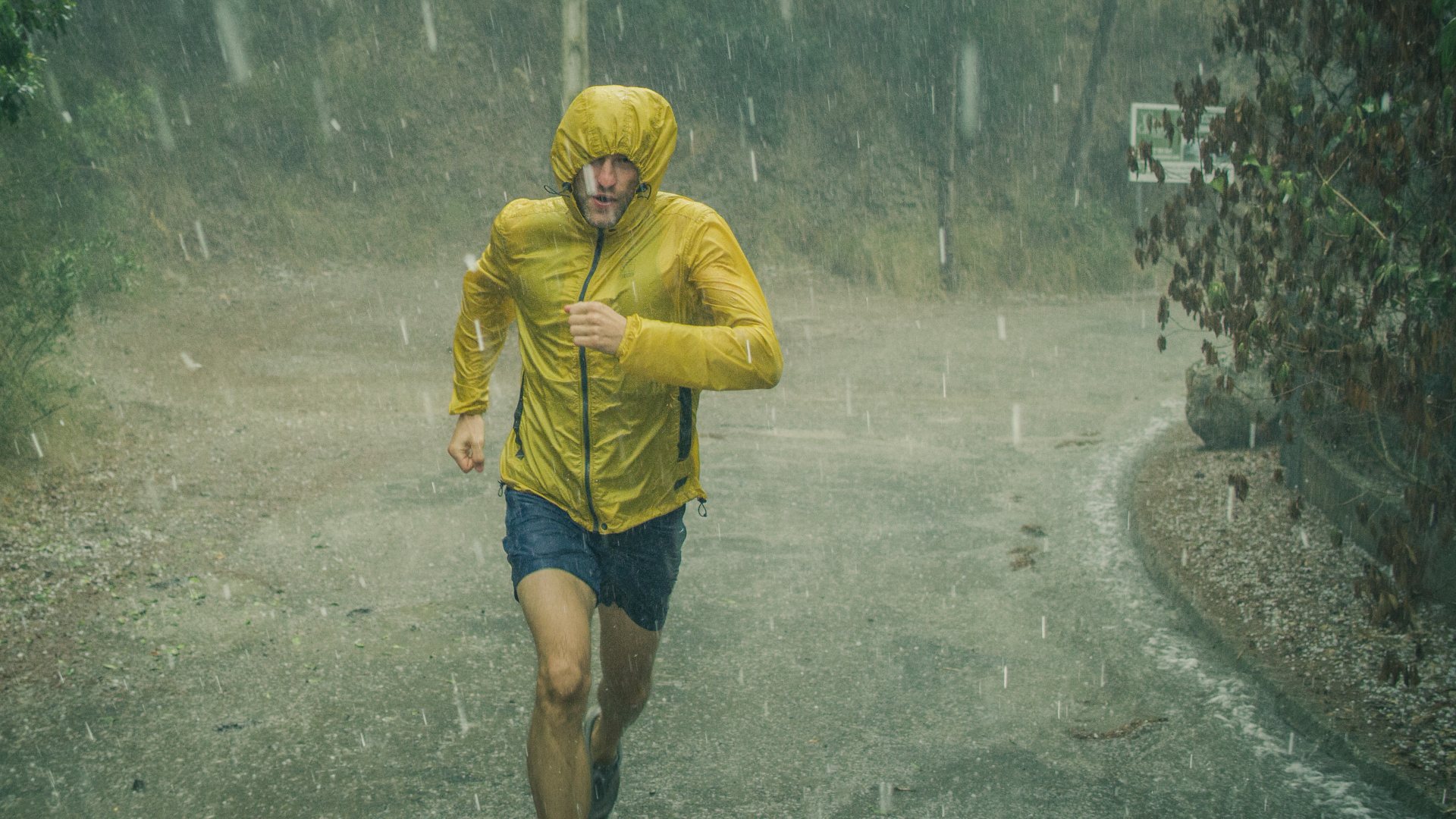
Temperature regulation
In addition to keeping you warm when conditions are frosty, a running jacket needs to be breathable to keep you from overheating once you get moving. For this reason, not just any waterproof jacket meant for hiking will do. If you’re worried that overheating will be a problem where you like to run, check out the Montane Featherlite Trail which has underarm venting as well as breathable shell material.
Packable protection
A key feature of a good running jacket is that it is extremely lightweight and packable. This means it doesn’t weigh you down or restrict your movements while you’re wearing it, but it also helps you carry it. Most often, you’re likely to pack your jacket inside your running backpack in case you need it, so you’ll want to make sure it doesn’t take up too much space. The Salomon Sense folds away into a tiny pocket so it can be stored easily.
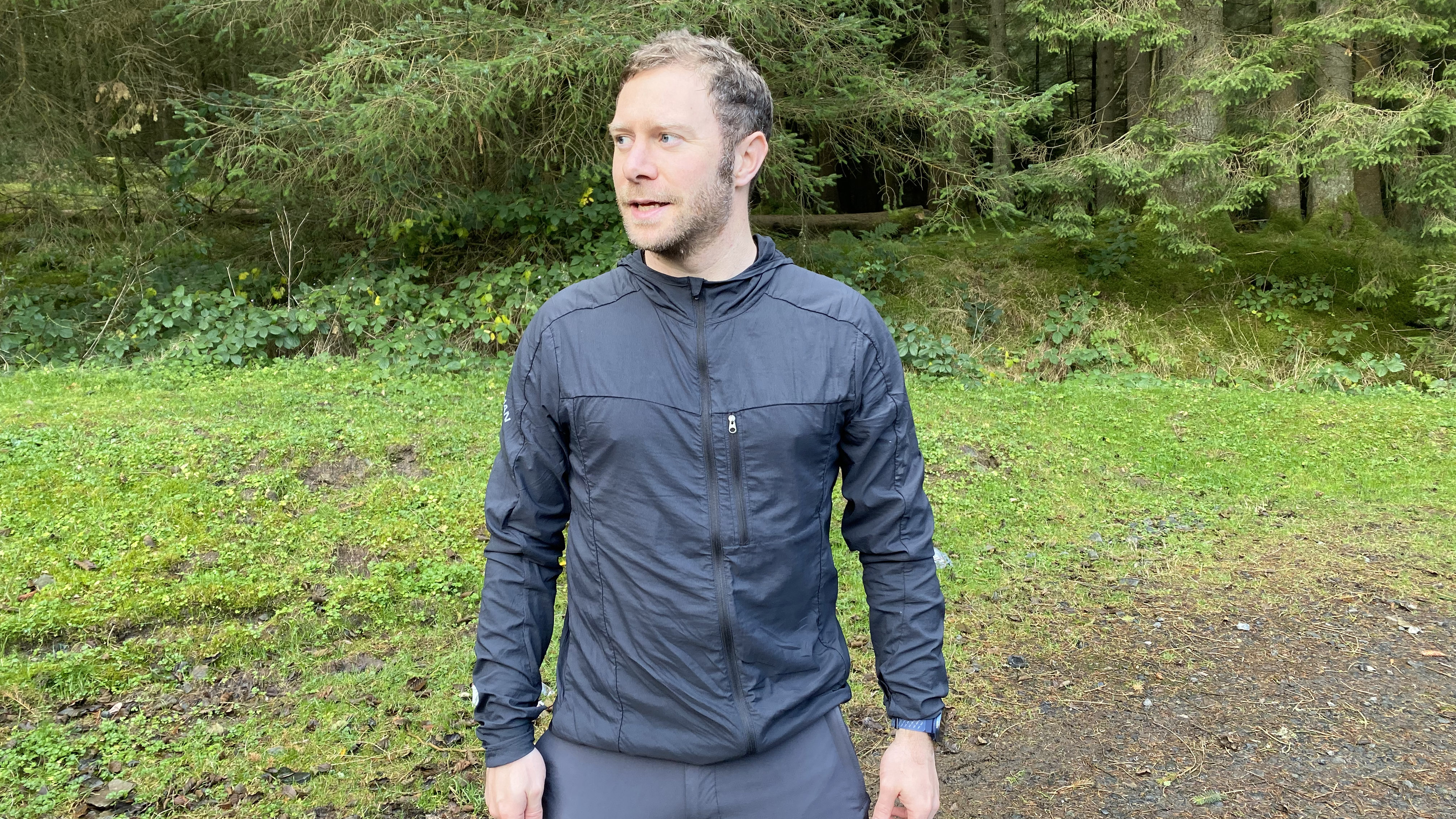
Storage
When you’re heading out on a trail run that’s likely to last more than an hour, or a technical mountain run, there’s a lot to carry. You’ll need a backpack to carry water and extra layers, a map and compass, but more pockets help you to stash smaller items you want close to hand. Not all running jackets have pockets, but those that do, such as the Nathan Stealth, mean you can access your running gels, running gloves and phone without having to stop and remove your backpack.
Visibility
If you’re road running, night running, or concerned about getting lost on the trail, some running jackets can provide a good source of visibility. The Evadict Waterproof Trail Running Jacket is bright yellow to make sure you stand out on the trail (and during hunting season) and has reflective lines that will help you be picked up by car headlights too.
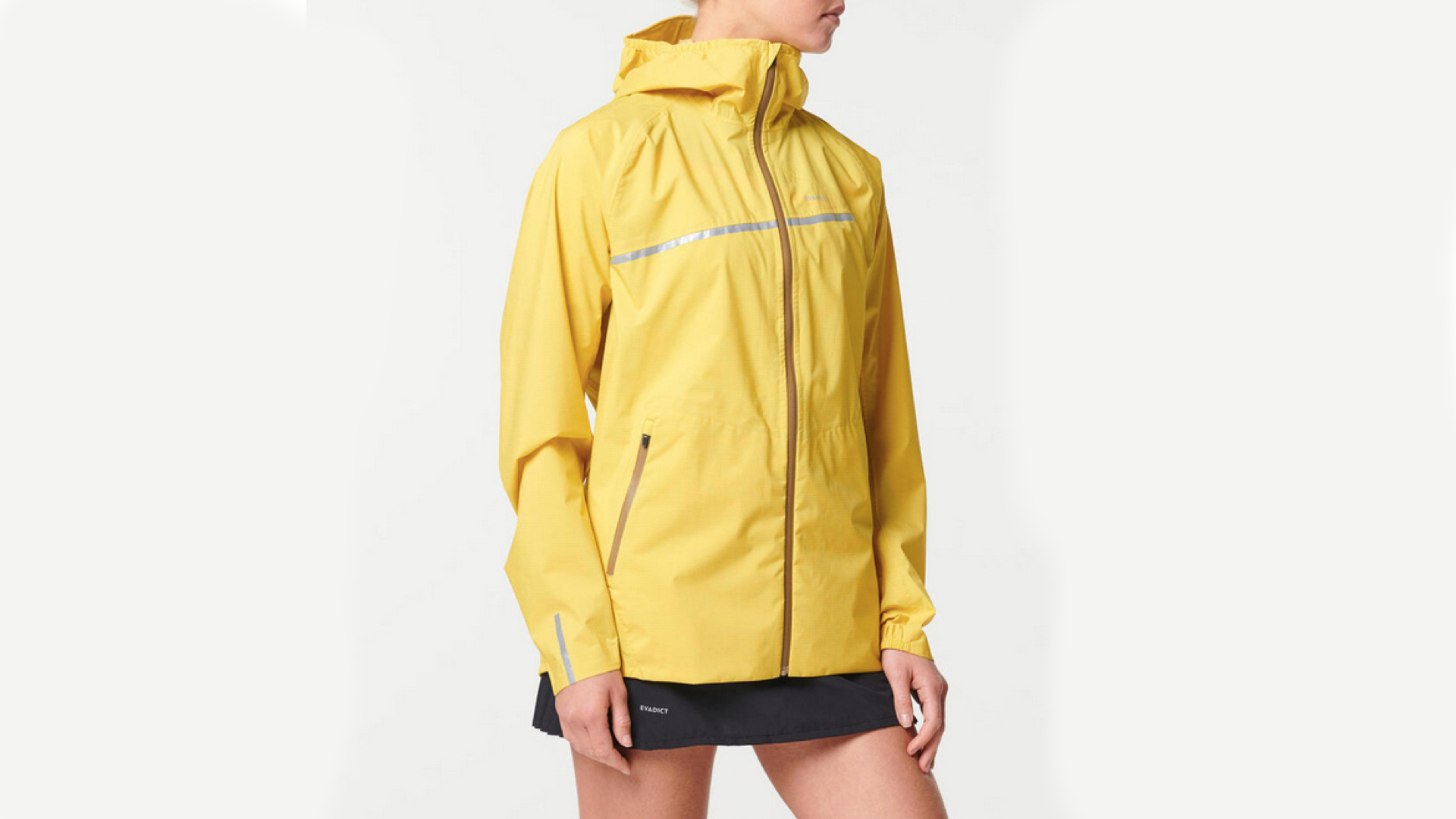
Disadvantages of a running jacket
Though there are some obvious benefits to running jackets, there are a few reasons why you might want to think twice about picking one up.
The main reason for not wearing a running jacket is that they can cause overheating, especially if they’re not breathable enough. This isn’t necessarily a reason to avoid owning one – it could save your life if you get stranded in a blizzard at high altitude – but it might mean you carry yours in your backpack most of the time and save it for emergencies only.
The price of running-specific jackets can also be considered an disadvantage – they are typically upwards of $150 and sometimes as pricey as $300, which can seem a bit shocking for what’s a very small, light piece of fabric that you might only don in emergencies.
Furthermore, a really good running jacket is often made from quite fragile materials, so that it can be really breathable and lightweight, which can obviously work against you if you’re running on overgrown trails or trails that require scrambling.
All of that said, we think that choosing the right running jacket is essential for anyone that isn’t running in warm weather on low level trails, so read on to find out how to choose the perfect one.
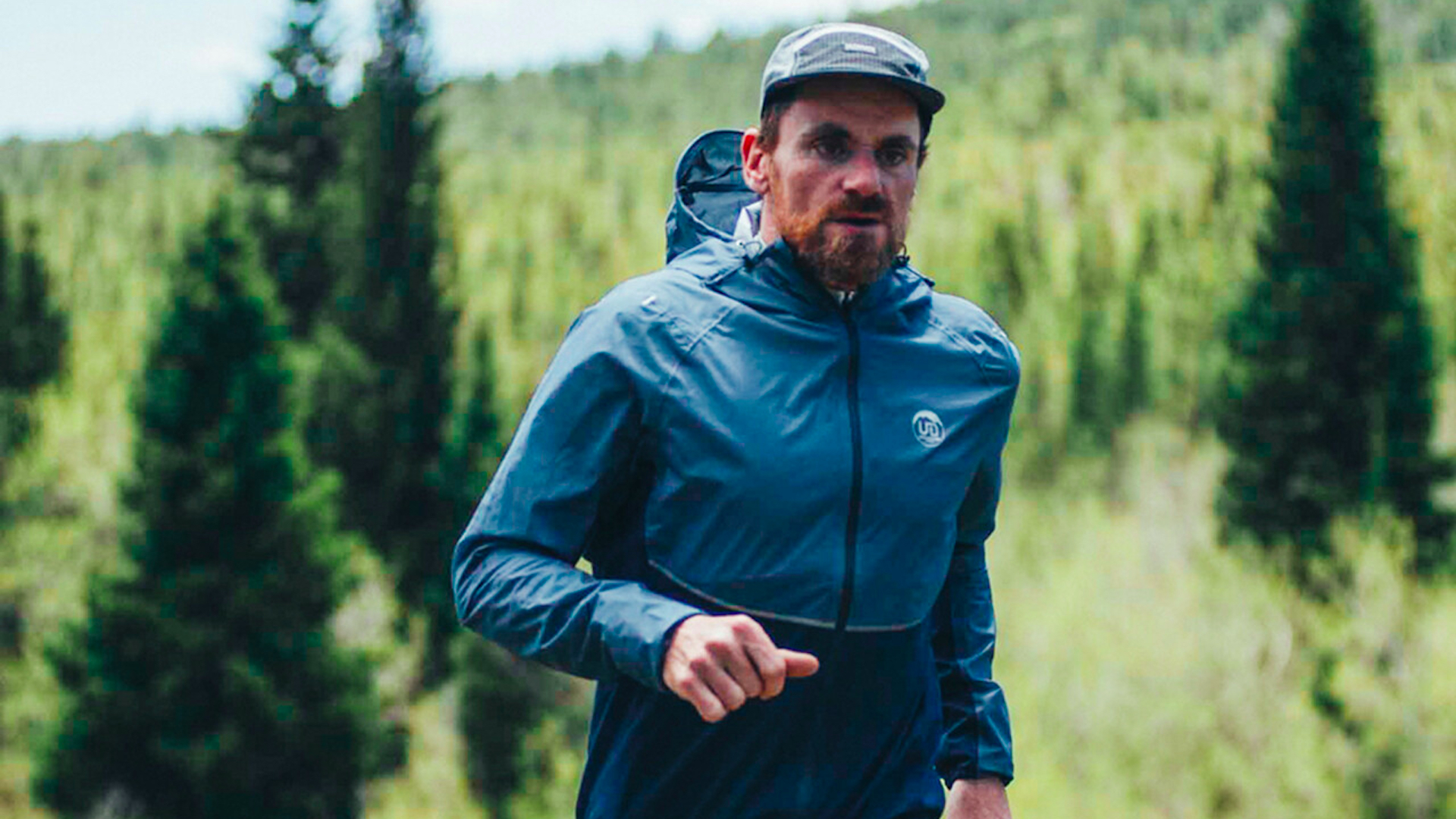
Types of running jacket – which one is for you?
There are several different types of running jacket, and ending up with the wrong one can be disastrous for you. Choosing the right one requires understanding the conditions you’re going to be using yours in, so take into account factors such as altitude and weather before making a decision.
Windbreaker
Many running jackets are basically windbreakers, which will keep out the wind and usually have a little water resistance. These will usually provide enough protection in high altitude arid environments where the windchill can be an issue, but moisture is rare.
Waterproof running jacket
In a lot of climates, such as the Pacific Northwest, the Northeast and the UK, damp weather is a major obstacle for runners. When the temperatures cool off, getting soaked can become a safety issue, especially if you’re out for long periods of time. Though you’ll sacrifice some breathability, you’ll want proper wet weather protection from a jacket like the R7 Gore-Tex Shakedry Trail to avoid developing conditions like hypothermia.
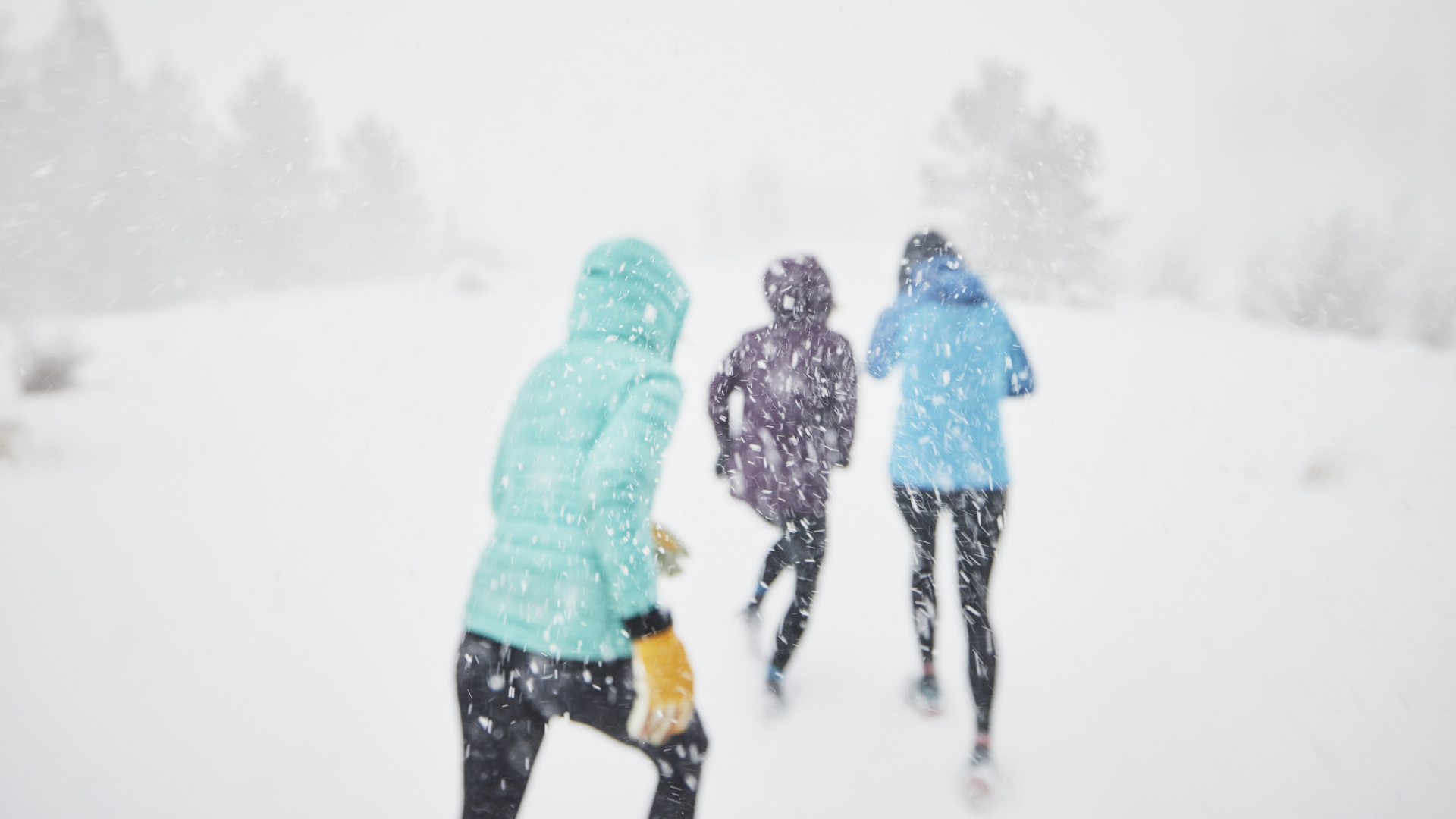
Insulated running jacket
An insulated running jacket may sound crazy, and in a lot of environments it’s totally unnecessary. If, however, you live at high altitude and want to run year-round in snowy conditions, or you’re venturing into high altitude zones where the weather can change rapidly, you will need an insulated running jacket such as the On Climate Jacket. The nice thing about these jackets is that they might be a bit more versatile than options, at least for wearing around town in cold weather.
Gilet
If you live and run in a high altitude area and know you need some insulation but are really concerned about overheating, why not try a gilet? These keep your vitals warm but let your armpits breathe. Check out the Arc’teryx Atom LT Vest which we included in our list of the best gilets and is breathable enough for mountain running.

